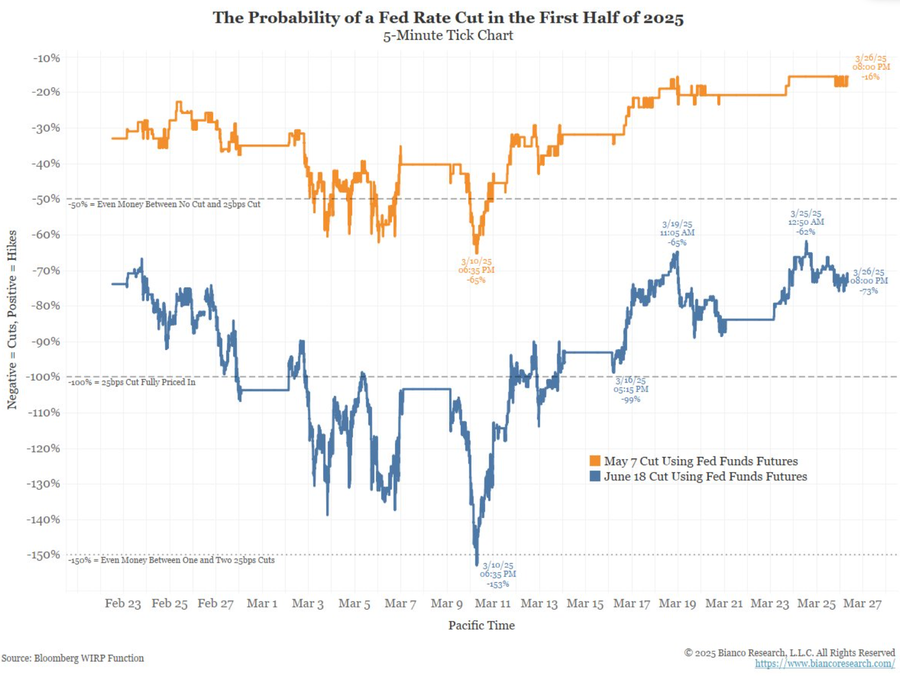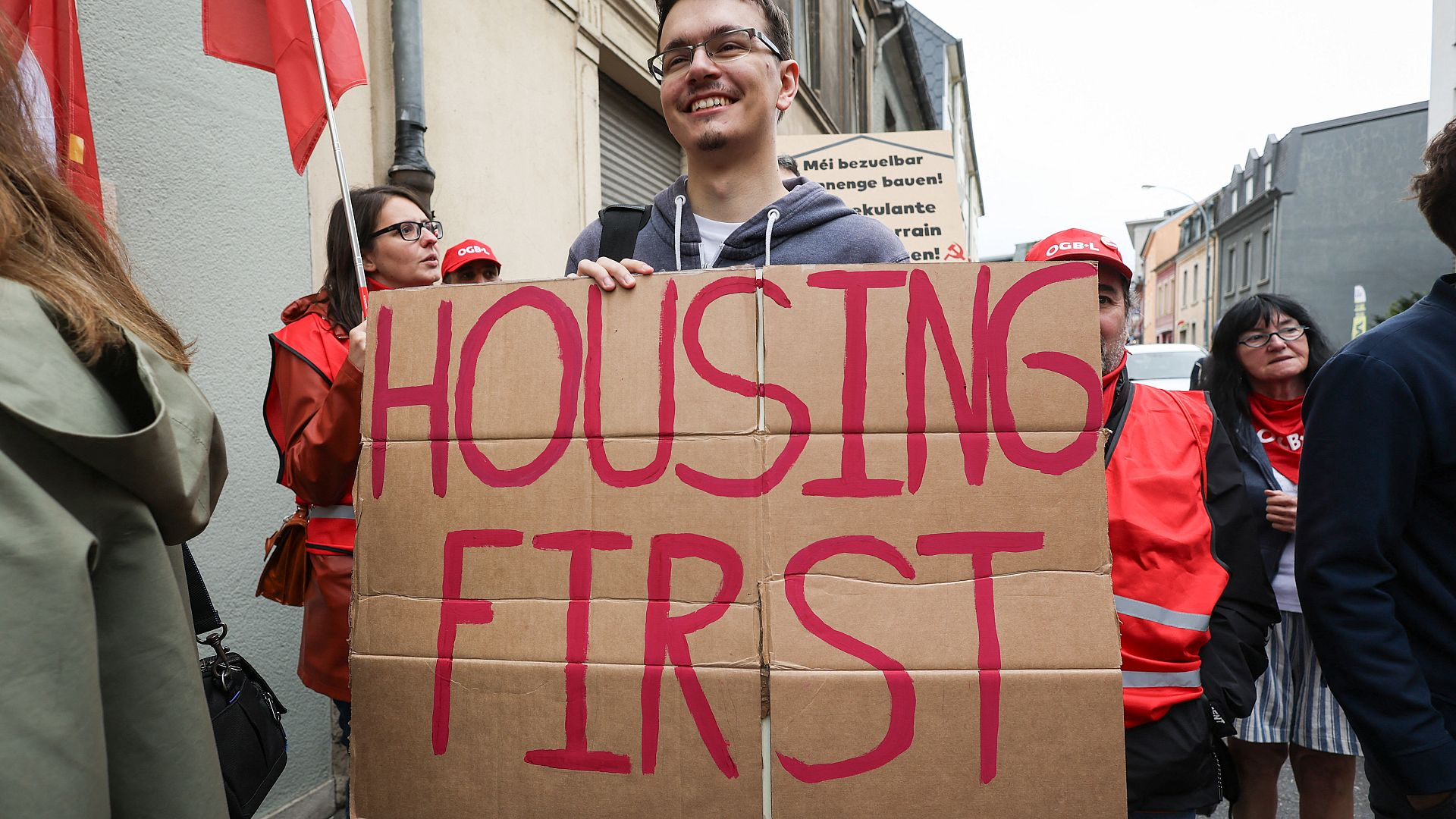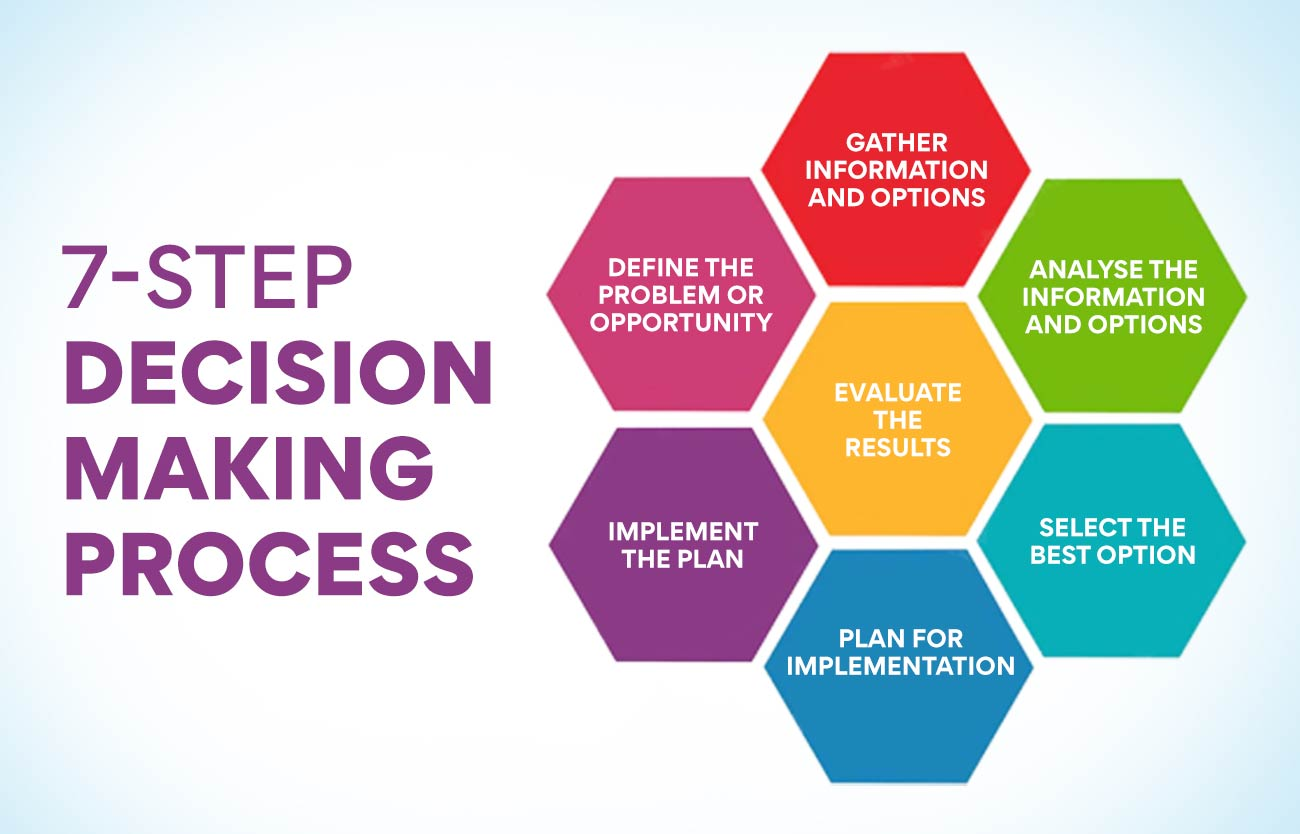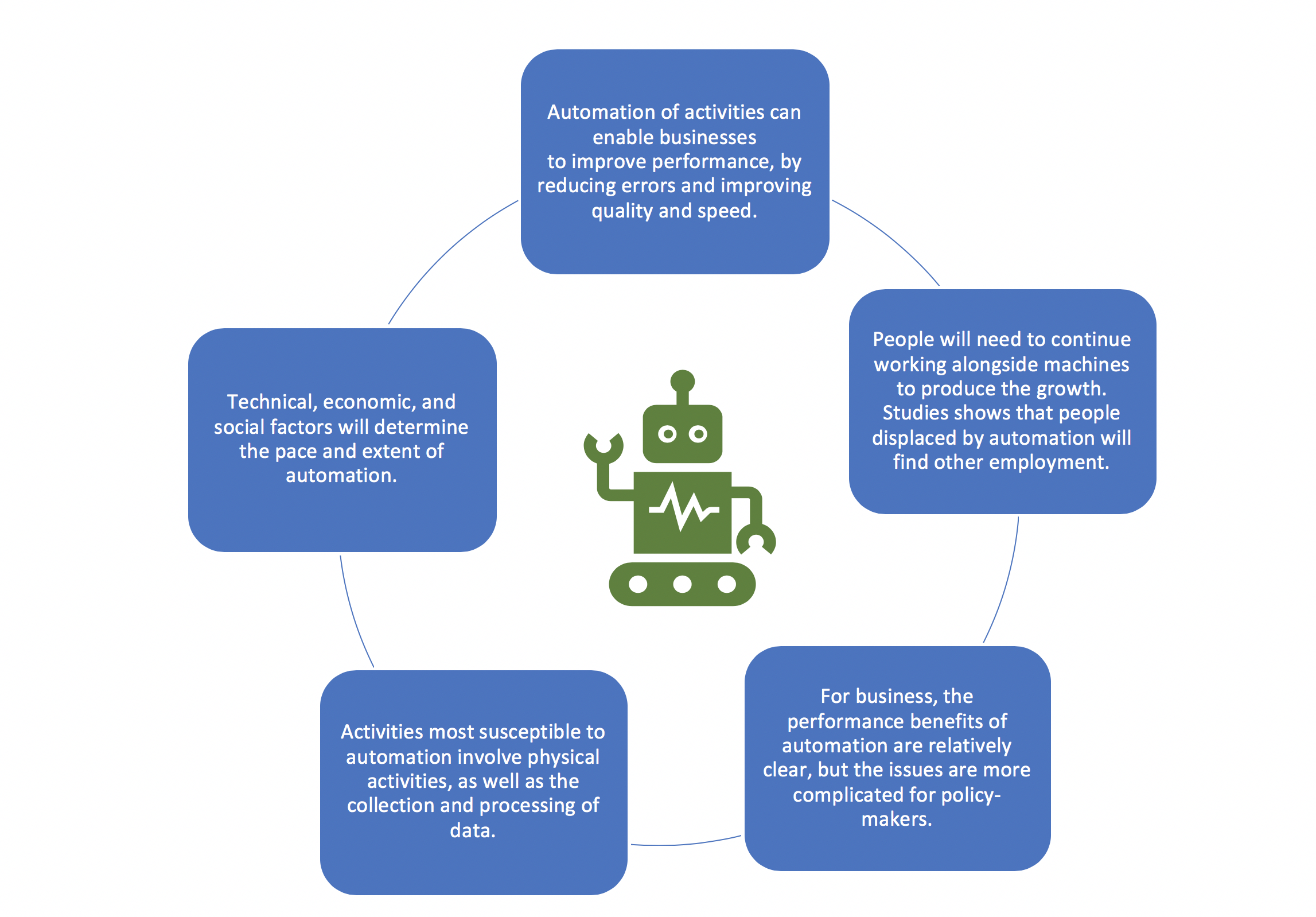The recent Fed rate cut marks a pivotal moment in economic policy, as the Federal Reserve reduced borrowing costs by a surprising half percentage point. This decision, the first of its kind in four years, is expected to influence various sectors significantly. As interest rates drop, homeowners may see an increase in housing affordability and a reduction in mortgage rates, which could stimulate further economic growth. The impact of the Fed rate cut is already resonating through markets, offering relief to consumers grappling with high credit card and loan payments. However, the timing and extent of these benefits remain uncertain, leaving many eager to see how these dynamics will unfold.
In light of the recent interest rate adjustments made by the Federal Reserve, many are left wondering about the ramifications for everyday finances. The decision to ease borrowing costs could lead to lower rates across the board, including critical housing loans and consumer credit. This significant policy shift aims to foster economic stability and encourage spending by reducing the financial burden on households. As financial experts predict enhancements to housing affordability alongside potential economic growth, the conversation turns to how effectively these measures will support everyday Americans. The implications yield a blend of hope and apprehension as markets brace for ongoing adjustments in response to the Fed’s strategy.
Understanding the Impact of the Fed Rate Cut on Economic Growth
The recent decision of the Federal Reserve to cut interest rates has significant implications for economic growth. This half-percentage-point reduction aims to stimulate spending and investment by lowering the cost of borrowing. Economists suggest that as rates decline, consumers will have more disposable income for expenditures, which, in turn, fuels demand across various sectors of the economy. This boost in consumer spending is crucial for sustaining economic momentum, particularly in a post-pandemic recovery phase. Moreover, lower interest rates encourage businesses to invest in expansion and hiring, which can further enhance job creation across industries.
However, it’s important to consider that the relationship between interest rates and economic growth is not always linear. While lower rates can lead to increased borrowing and spending, several factors such as consumer confidence, external economic conditions, and inflationary pressures also play significant roles. Therefore, while the Fed’s rate cut signals a commitment to sustaining growth, its effectiveness will largely depend on how businesses and consumers respond to this monetary policy shift. The potential for increased economic activity must be balanced with vigilance regarding inflation, as rapid growth can lead to rising prices.
The Relationship Between Fed Rate Cuts and Mortgage Rates
One of the most anticipated effects of the Fed rate cut is on mortgage rates. Traditionally, when the Federal Reserve reduces rates, mortgage interest rates tend to follow suit, making home financing more affordable. This inverse relationship is crucial for prospective buyers, as lower mortgage rates can significantly enhance housing affordability, enabling more individuals and families to enter the housing market. Consequently, with a decrease in borrowing costs, there’s potential for increased demand in the housing sector, which can help alleviate some of the pressure caused by the ongoing housing affordability crisis.
However, market conditions and investor sentiment will also influence how quickly and significantly mortgage rates respond to the Fed’s actions. Recent trends indicate that while mortgage rates may continue to ease, they still remain elevated compared to historical standards. Many consumers might not experience immediate relief as lenders adjust their rates based on a variety of factors, including risk and future economic forecasts. As such, it remains uncertain how much these anticipated reductions in rates will ultimately benefit consumers in the short term.
How Fed Rate Cuts Can Enhance Housing Affordability
Housing affordability continues to be a pressing issue for many Americans, and the Federal Reserve’s decision to cut rates could play a pivotal role in improving this situation. As borrowing costs decrease, more individuals may find it achievable to secure mortgages, thus expanding access to home ownership. This is particularly vital in a landscape where rising home prices have outpaced wage growth, creating a barrier for entry for first-time homebuyers. The Fed’s actions are not just about making home loans cheaper; they represent a strategic effort to stimulate the housing market, which has broader implications for economic stability.
Yet, it’s essential to recognize that the impact on housing affordability will depend heavily on the overall economic environment, including job security and wage growth. If consumers feel optimistic about their financial future, they are more likely to take advantage of lower mortgage rates. Conversely, if they perceive uncertainty in the job market or economic slowdowns, this could dampen demand, even with lower rates available. The Fed rate cut thus serves as a more extensive tool intended to not only boost housing affordability but also stabilize the economy as a whole by promoting broader consumer confidence and spending.
Long-term Effects of Interest Rates Drop on Consumers
As the Federal Reserve lowers interest rates, consumers can expect varying timelines regarding their financial relief. In the short term, many may still experience high credit card and loan interest rates. Although these rates might decline gradually, consumers should be prepared for a lag in how quickly those adjustments are reflected in their everyday borrowing scenarios. For those with significant credit card debt or variable loans, the journey to relief might take longer than anticipated, as lenders take time to adjust to changing economic conditions and expectations.
Looking ahead, the long-term implications of sustained lower interest rates could foster a more favorable environment for consumer borrowing. With expectations of further rate cuts, consumers might feel encouraged to spend more, particularly on significant purchases like homes and vehicles. This change in behavior can lead to increased economic activity and, importantly, create a positive feedback loop that could support job growth. Nonetheless, consumers must remain cautious; while a drop in interest rates can provide immediate relief, it also necessitates a careful approach to managing debt in the ongoing economic landscape.
The Future of Interest Rates and the Fed’s Strategy
The Federal Reserve’s decision-making process regarding interest rates is inherently tied to its dual mandate: to foster maximum employment and to maintain stable prices. Moving forward, the Fed’s strategy will likely be influenced by data pertaining to inflation, job growth, and overall economic health. As indicated by Chairman Jerome Powell, the central bank intends to take a measured approach, adjusting rates based on real-time economic indicators. This strategy of gradual adjustments lends predictability, allowing businesses and consumers alike to plan for the future.
Moreover, if inflation remains in check as anticipated, the Fed could continue to implement additional rate cuts. This environment of lower rates may spur not only consumer spending but also bolster business investment, which is critical for robust economic expansion. Yet, the intricacies of monetary policy mean that the Fed will need to balance these cuts with potential inflationary pressures. The ultimate goal is to ensure that economic growth remains sustainable without triggering adverse effects, thereby maintaining a healthy economic trajectory for all sectors.
What Consumers Can Expect Post-Fed Rate Cuts
In the wake of the Fed’s recent interest rate cuts, consumers can anticipate a gradual shift in their financial landscapes. Lower interest rates are expected to stimulate spending, primarily in sectors heavily reliant on consumer financing, such as housing and automotive sales. This cut is particularly advantageous for prospective homebuyers looking to secure better mortgage terms, which could enable more Americans to achieve home ownership. As lending becomes slightly more favorable, many may explore long-term investments in real estate, enhancing overall economic vitality.
Conversely, consumers should remain attuned to the potential for rising inflation that might accompany increased spending. While lower rates make borrowing cheaper initially, the accompanying economic growth could lead to higher prices over time. Consumers must adopt a strategic approach when managing their debts and investments during this period, keeping a close eye on inflation trends that could affect their purchasing power. Awareness and proactive financial planning will be essential as the market adjusts to these monetary policy changes.
Navigating the Fed Rate Cut: Strategies for Homebuyers
For homebuyers, navigating the landscape following a Fed rate cut requires strategic planning. With mortgage rates poised to decline, it’s a crucial time for potential buyers to assess their financial readiness. This period presents an opportunity to engage with lenders to understand potential loan options and rate forecasts. Many buyers may benefit from locking in rates that are now lower than before, thus optimizing their purchasing power in a competitive housing market.
Moreover, first-time buyers should remain vigilant and informed about market conditions. While the Fed’s actions indicate a positive shift towards affordability, the holistic picture of the real estate market also involves factors like inventory levels and demand trends. Buyers should conduct thorough research on neighborhoods of interest and be prepared to act swiftly when favorable properties arise. By leveraging resources and utilizing the knowledge of real estate professionals, potential buyers can navigate this evolving environment effectively.
The Broader Economic Impacts of the Fed’s Monetary Policy
The Federal Reserve’s monetary policy decisions have widespread implications beyond just consumers and interest rates. When the Fed cuts rates, it sends clear signals to Wall Street that stimulate various investment opportunities, ranging from equities to real estate. The expectation of lower borrowing costs can lead to increased stock market activity, as investors anticipate higher corporate earnings driven by newfound spending power among consumers. This surge in investor confidence can invigorate market dynamics, providing a boost to overall economic sentiment.
However, the interconnectedness of the economy means that these policies also come with potential risks. For instance, while lower interest rates can enhance growth, they may also sow the seeds of inflation if demand outstrips supply. The Fed must maintain a delicate balance, monitoring inflationary indicators closely while promoting growth through reduced rates. Ultimately, the efficacy of these cuts will depend heavily on how businesses and consumers adjust to the new financial environment.
Consumer Debt Management in an Era of Lower Rates
Lower interest rates certainly provide a path for consumers to manage debt more effectively, yet it’s not without its challenges. Many approaching lower rates may find it more attractive to take on additional debt, considering that borrowing costs are reduced. This urge to spend can be beneficial in stimulating economic activity, but it also poses risks if consumers do not exercise caution in their borrowing habits. Maintaining a balanced approach to debt management is paramount, especially as rates fluctuate.
Consumers should take this opportunity to assess their current debt levels, considering consolidation options for high-interest loans like credit cards. With improved conditions, refinancing could become an attractive option to secure better rates and lower monthly payments. However, individuals must ensure they fully understand the terms and implications of their refinancing options to avoid falling into cycles of debt. In this evolving economic landscape, a thoughtful and educated approach to debt will foster long-term financial health.
Frequently Asked Questions
What is the impact of the Fed rate cut on mortgage rates?
The recent Fed rate cut is expected to lead to lower mortgage rates as the market reacts to the more accommodative monetary policy. As the Federal Reserve continues to ease its policy, mortgage rates are likely to decline, which will improve housing affordability for potential buyers.
How does the Fed rate cut affect economic growth?
The Fed rate cut is designed to stimulate economic growth by lowering borrowing costs for consumers and businesses. Lower interest rates encourage spending and investment, which can lead to job creation and an overall boost in economic activity over the next six to twelve months.
Will an interest rates drop due to the Fed rate cut help with credit card debt?
Yes, an interest rates drop resulting from the Fed rate cut can provide relief for consumers with credit card debt. Although rates on credit cards are influenced by various factors, including future rate expectations, a reduction in the Fed funds rate generally leads to lower rates on borrowing over time.
What does the latest Fed rate cut mean for housing affordability?
The latest Fed rate cut is anticipated to enhance housing affordability by making mortgage loans more accessible through lower interest rates. As rates decline, homebuyers may find it easier to obtain financing, which can alleviate some pressure in the housing market.
How often does the Fed cut rates, and what can we expect going forward?
The Fed typically reviews monetary policy every few months and may decide to cut rates as needed based on economic conditions. Following the recent trend, analysts expect that there could be more rate cuts, potentially leading to further decreases in interest rates throughout the year.
What is the relationship between the Fed rate cut and consumer borrowing?
The Fed rate cut directly influences consumer borrowing by lowering the cost of loans. As borrowing costs decrease, consumers are encouraged to take on loans for big-ticket items such as homes and cars, which can stimulate spending and drive economic growth.
| Key Point | Details |
|---|---|
| Fed Rate Cut Decision | The Fed cut rates by 0.5%, the first reduction in four years, signaling a shift in monetary policy. |
| Impact on Borrowing Costs | Lower borrowing costs are expected for credit card debt, car loans, and mortgages, benefiting consumers. |
| Future Rate Cuts | Further cuts are likely, with the Fed indicating an additional half-point reduction could occur by year-end. |
| Economic Outlook | The Fed’s approach aims to balance inflation control with economic growth, mitigating recession risks. |
| Market Reaction | Market expectations are adjusting with the Fed’s signals, impacting investment and job growth positively. |
| Job Creation and Growth | Long-term projections indicate slight increases in job creation and economic growth due to rate cuts. |
| Housing Affordability | Mortgage rates have begun to decrease, potentially improving housing affordability over time. |
| Consumer Debt Relief | Consumers might see relief from high interest rates slowly, but rates are expected to remain elevated for a while. |
Summary
The Fed rate cut is a significant move aimed at stimulating the economy and providing immediate benefits for consumers through lower borrowing costs. While the initial reaction indicates positive outcomes, the timeline and extent of relief may vary, especially in sectors like housing and consumer debt. With additional cuts likely on the horizon, the Fed is striving to balance inflation control with the need for economic growth, ensuring that the impact of its policies resonates across both Main Street and Wall Street.



